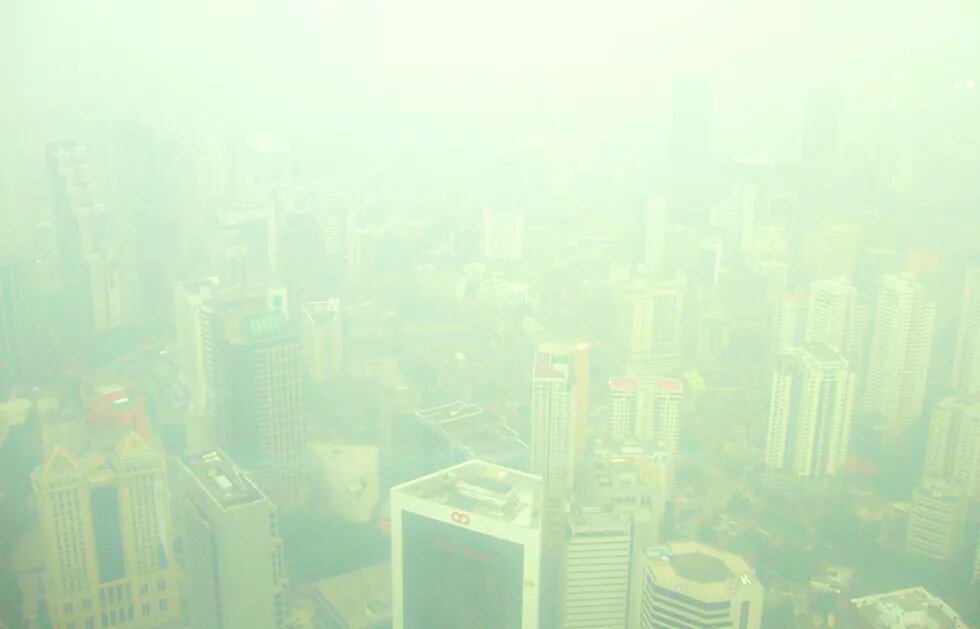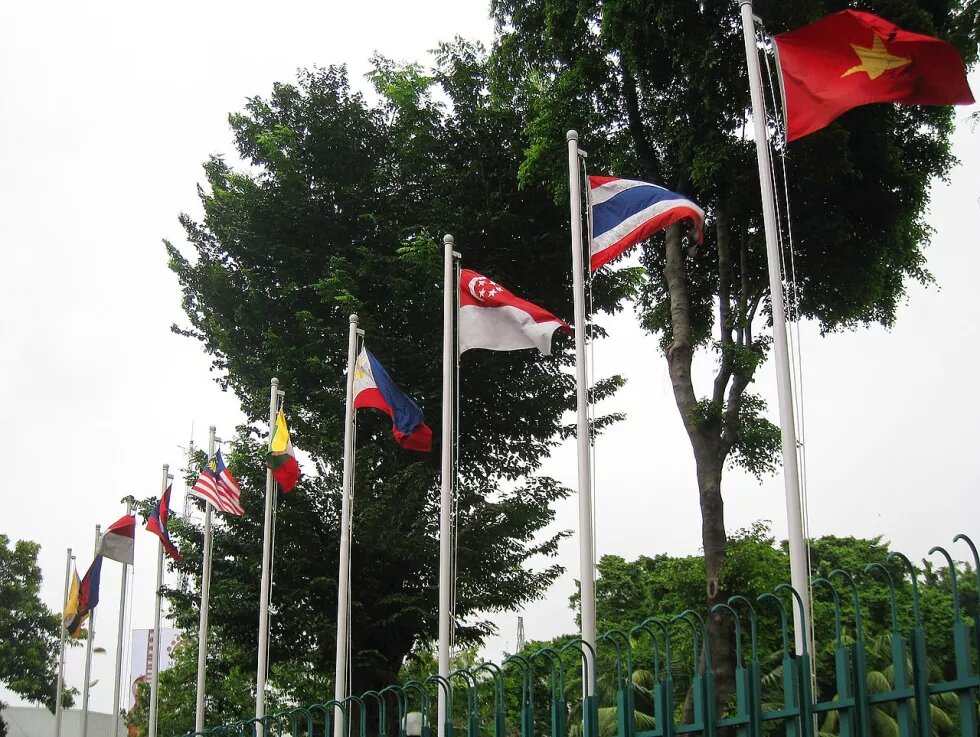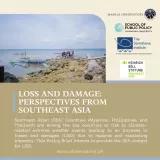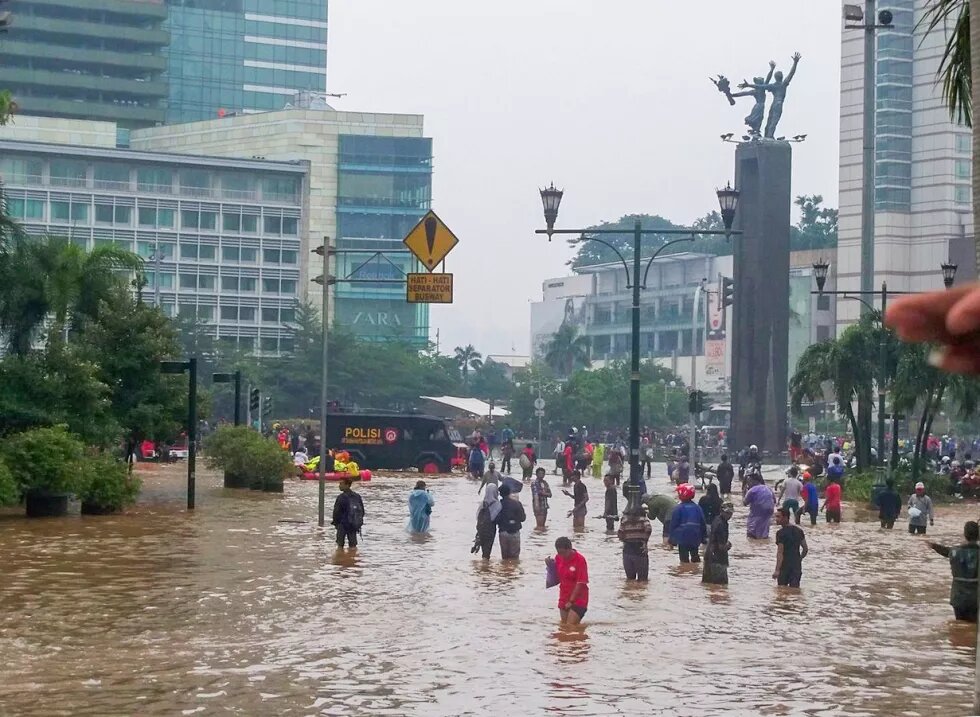
As the world grapples with the pressing and existential threat of climate change, the Association of Southeast Asian Nations (ASEAN) needs to take more immediate action. While the agriculture sector has discussed the outcomes of COP27 in Bangkok held in December 2022, ASEAN as a body has remained conspicuously silent on its views on the outcomes of the COP27 (e.g., the Loss and Damage financial facility), its implications for Southeast Asia, and what the region should prioritize for COP28.
The lack of an ASEAN-wide perspective on COP27 is concerning, given the urgency of climate action and the need for regional cooperation to address the complex challenges of the current climate crisis. While meetings on trade and economic agreements have been scheduled, another critical issue, even more pressing - climate action - has been overlooked. In this essay, I will argue that ASEAN's silence on what COP27 has achieved is a missed opportunity for regional cooperation on climate change, and immediate action is needed to ensure that the region's priorities will be reflected in the outcomes of COP28.
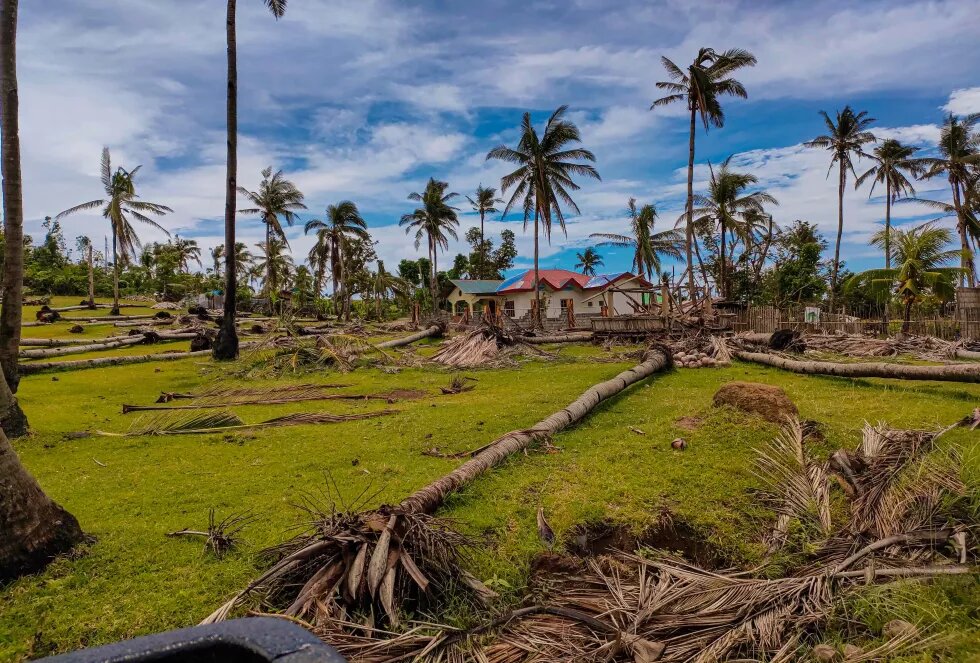
Nine days before the conclusion of COP27 on 20th November 2022, ASEAN Member States released a “joint statement on climate change to the 27th session of the Conference of Parties to the United Nations Framework Convention on Climate Change” during a summit held in Phnom Penh, Cambodia. It started by recalling its previous statements on climate change and then listed what they have done to meet their commitments to the United Nations Framework Convention on Climate Change (UNFCCC) and the Paris Agreement (PA), adopted almost seven years earlier in December 2015. Among other things, the statement expressed a “grave concern about the continuing rise in global GHG emissions”, stressed “the urgency of climate ambition and action”, and recognized “that climate change has potential negative impact to basic needs for human life … that vulnerable groups, including women, children, older people, people with disabilities, and low-income people are disproportionately affected ….”. Then the statement welcomed the outcomes of COP26 and issued a series of calls to action for parties of the UNFCCC and PA, as well as a list of demands for developed country parties.
Given the nature of ASEAN's consensus-based decision making, its statement on climate change, while broadly relevant, does not seem to be intended to strongly influence ongoing discussions, deliberations, or negotiations.
Given the nature of ASEAN's consensus-based decision making - slow at the best of times and tending towards the lowest common denominator - its statement on climate change, while broadly relevant, does not seem to be intended to strongly influence ongoing discussions, deliberations, or negotiations. The group's 'consensus dilemma' leads inevitably towards a politically acceptable collective stance on the issue which Nguitragool and Ruland described in their book on ASEAN as more about “declaratory politics and symbolism”. Note the recognition that climate change has potential negative impacts for human life, as if this is still open for debate.
Rallying ASEAN towards Climate Adaptation
It is time for ASEAN to become more pro-active, to drive agenda-setting in the region, and rally Member States towards region-specific priorities particularly for adaptation. In other words, act like a “quasi-bloc”. To do so, it might want to consider the following:
Charting a Course for Responsive Actions
Since 2021, ASEAN has published the ASEAN State of Climate Change Report, with support from the Institute for Global Environmental Strategies and the Government of Japan. Implementation of this report is being led by the ASEAN Working Group on Climate Change (AWGCC). This group could take on the task of reviewing COP outcomes alongside the priorities set out in the report. For instance, one of the key outcomes of COP27 is on setting up a loss and damage finance facility. Discussions for this facility will be a topic during the intercessionals in June and the COP28 in Dubai later in 2023. Thus, discussions made prior to the COP could help ASEAN as a regional political body position itself during the COP negotiations, playing a role in supporting the demands of its climate vulnerable Member States. ASEAN related initiatives could be used as springboards for these discussions particularly around disaster risk reduction. These include the implementation of the ASEAN Agreement on Disaster Management and Emergency Response and its work program, Phase 2 of the Plan of Action of the ASEAN Disaster Risk Financing and Insurance, and the Southeast Asia Disaster Risk Insurance Facility (SEADRIF). The lessons, insights and experiences of the ASEAN Centre for Humanitarian Assistance on disaster management (AHA Centre) in responding to emergencies and humanitarian crises could provide a basis for identifying priorities for negotiators so that the needs of vulnerable groups and communities in the region can be addressed through a loss and damage financial facility.
For instance, one of the key outcomes of COP27 is on setting up a loss and damage finance facility. Discussions for this facility will be a topic during the intercessionals in June and the COP28 in Dubai later in 2023.
Building on the Outcomes of the Global Stocktake for ASEAN's Climate Adaptation Priorities
With guidance from the AWGCC, the ASEAN Senior Officials on Environment, and the ASEAN Secretariat, ASEAN can synthesize the results of the Global Stocktake during COP28 focusing on its Member States. ASEAN can then use the materials and insights submitted to the Global Stocktake to address regional gaps and priorities, as well as identify areas where Member States could support each other, sharing knowledge and expertise on critical adaptation concerns for instance. In other words, ASEAN can build on the emerging momentum and use its regional convening power to ensure a collective, facilitative, and joint response.
Advancing Climate Adaptation in ASEAN to Protect the Most Vulnerable
Several ASEAN Member States find themselves towards the top - in a bad way - of global reports and indices on risks and disasters. For instance, the Philippines, Indonesia and Vietnam are ranked top in the WorldRiskReport 2022. Specifically on disaster risks, the Internal Displacement Monitoring Centre (IDMC) reported in 2022 that the Philippines, Indonesia, and Vietnam are in the top 10 countries globally with the most internal displacements due to disasters. Germanwatch showed that Myanmar, the Philippines, and Thailand are among the top 10 countries with the most extreme weather events between 2000 and 2019. While some Member States may have lower risk indices in the WorldRiskReport such as Brunei, which ranked 165th and Singapore at 187th, these countries are not immune from the climate impacts afflicting their neighbours given their dependence on natural resources and labour flows from adjoining States. Although Cambodia, the Philippines, and Vietnam are already members of the Climate Vulnerable Forum, ASEAN also needs to demonstrate its commitment to the welfare of those who will be most affected by climate impacts, not least some of its Member States. Climate change will hit - not just have potential negative impacts as the ASEAN joint statement put it - those who are already socially, economically, geographically and developmentally marginalized.
Climate change will hit - not just have potential negative impacts as the ASEAN joint statement put it - those who are already socially, economically, geographically and developmentally marginalized
This includes the poor, women and girls, remote agricultural/fisheries dependent communities, Indigenous Peoples, people with disabilities, the elderly, female-headed households, and other minorities, according to the ASEAN State of Climate Change Report. A human rights approach is needed guided by the ASEAN Human Rights Declaration. On paper and in theory, ASEAN is well-placed to develop a coordinated response. The body has numerous groups already working to provide vital information and guidance on various climate change issues including human rights, statistical services, emergency response, Southeast Asia Disaster Risk Insurance Facility, ASEAN State of Climate Change Report, and ASEAN Climate Resilience Network. At the very least, ASEAN statements, while being strong on calling for deeper and rapid mitigation efforts of the Global North, should highlight the needs of those Member States, and groups and communities within, that will predominantly suffer from devastating climate impacts. These statements must be responsive and fit-for-purpose while calling for urgent, just and inclusive action particularly in adaptation as most Member States are at-risk to climate impacts.
It is time for ASEAN to consider negotiating jointly in UNFCCC deliberations as a political body pushing for issues of collective interest.
Elevating ASEAN's Priorities in Global Climate Policymaking
It is time for ASEAN to consider negotiating jointly in UNFCCC deliberations as a political body pushing for issues of collective interest. The efforts pioneered by the ASEAN Negotiating Group for Agriculture (ANGA) could provide a model and inspiration. Although focused on agriculture, ANGA has successfully contributed important elements in the Koronivia Joint work on Agriculture and is recognized as a significant and constructive player by other groups such as G-77, EU, US, and NZ in UNFCCC negotiations.
Climate Adaptation: A Priority for ASEAN's Collective Welfare and Security
Not only is there a need for a coordinated response from ASEAN as a political body, there is also an urgent need for ambitious action in both GHG reduction and adaptation as the political will in global, regional and national policymaking arenas is weakening. Achieving the global goal of adaptation must be a priority for the region as all ASEAN Member States are vulnerable to climate impacts. It just makes sense that a regional body tasked with promoting regional stability, peace, and prosperity should lead the charge now. This is not interference in the sovereignty of each Member State; but acting towards, following the ASEAN Charter, collective welfare and security before it’s too late.
__
Albert Salamanca is a Senior Research Fellow at the Stockholm Environment Institute’s Asia Centre where he leads its Climate Change, Disasters and Development cluster. He has over 15 years of experience working on climate change adaptation, natural resources management, conservation, development and sustainable livelihoods issues in several countries in Southeast Asia. He holds PhD in Geography from Durham University.
The views expressed in this article are not necessarily those of Heinrich Böll Stiftung.
This article is co-published by Stockholm Environment Institute’s Asia Centre and Heinrich-Böll-Stiftung Southeast Asia Office.
We would like to thank Stockholm Environment Institute and Dr. Albert Salamanca for the opportunity.
